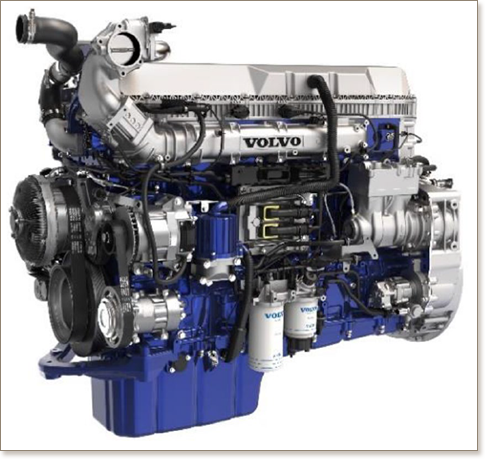
Variable compression ratio (VCR) technology has long been recognized as a method for improving the automobile engine performance, efficiency, fuel economy with reduced emission. This paper presents a design of hydraulically actuated piston based on the VCR piston proposed by the British Internal Combustion Engine Research Institute (BICERI). In this design, the compression height of the piston automatically changes in response to engine cylinder pressure by controlling the lubrication oil flow via valves in the piston. In addition, numerical models including piston kinetic model, oil hydraulic model, compression ratio model and etc., have been established to evaluate the piston properties. The oil flow characteristics between two chambers in VCR piston have been investigated and the response behaviors of VCR engine and normal engine, such as compression pressure and peak cylinder pressure, are compared at different engine loads. Moreover, the energy losses because of VCR piston vibration at high engine loads in firing cycles have been calculated. According to the analysis results, both of energy loss and related percentage in piston work output rise with engine load and peak at 24 bar, then they decrease drastically in heavy load range. In addition, the energy loss from VCR piston could reach 250 J/cycle when IMEP is around 24 bar. At low engine load, the energy loss rate is stable under different relief valve opening pressure, and the energy loss rate stables at zero if the relief valve in VCR piston is set with a high opening pressure. Moreover, at different relief valve opening pressure, the energy loss percentage is well below 5% at different engine loads.